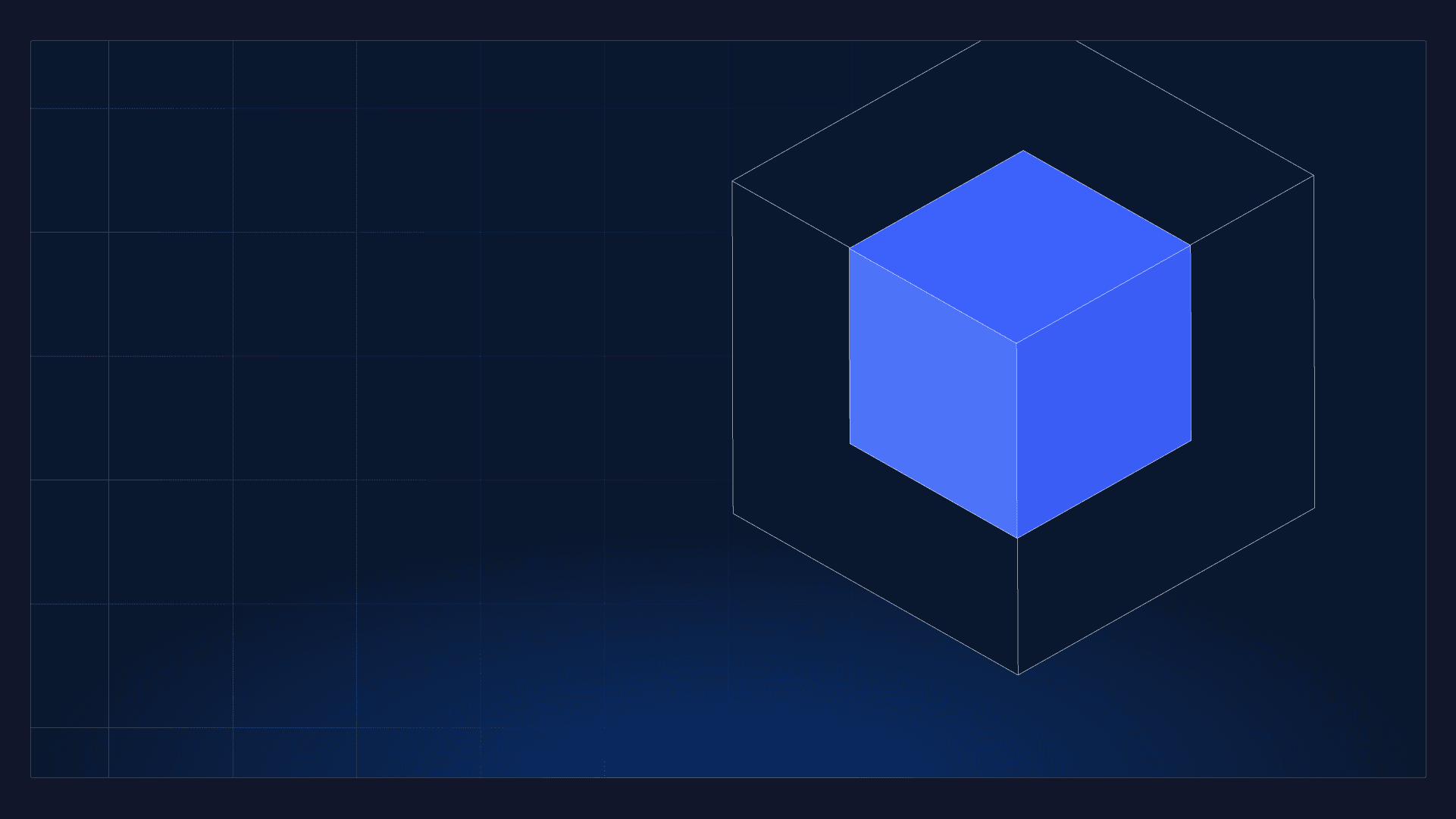Clear, concise, well-defined code documentation is instrumental to maintaining a healthy codebase. For Java applications, where different developers work on application code over the course of years or even decades, effective documentation is crucial. Developers and teams may come and go, but their legacy remains in the code for the foreseeable future. As a result, your team’s code must be understandable, maintainable, and reusable.
Artificial intelligence (AI) tools can greatly enhance code understandability and maintenance, and Diffblue Cover stands out for its exceptional documentation capabilities. Diffblue Cover automatically generates unit tests and documentation, making code easier to understand and maintain.
By providing detailed insights and explanations, it helps developers grasp complex codebases, identify issues, and implement changes, quickly and confidently. This streamlines the development process, reduces errors, and ensures higher quality, maintainable software.
In this article, we’ll explore how automated test generation and code documentation can help your organization manage and modernize its Java applications.
What is code documentation, and why is it critical?
Code documentation refers to written descriptions and explanations of a software application’s codebase, including comments within the code, external documentation, and manuals. Documentation details how the code operates, alongside its architecture, design decisions, and usage instructions.
Proper documentation is crucial for maintaining, updating, and scaling software applications. It gives your team, and third parties who wish to create integrations, a clear roadmap for code functionality and logic. Documentation helps developers identify potential performance issues and bottlenecks for future optimization and refactoring. Detailed documentation supports better maintenance practices by making it easier to identify bugs, understand code dependencies, and implement updates without inadvertently introducing errors.
Finally, comprehensive documentation is indispensable for new developers, reducing the learning curve and accelerating onboarding. With access to effective documentation, new team members can gain an understanding of code structure and functionality and quickly become productive.
The challenge of legacy code in Java development
Java development has come a long way since its inception 25 years ago. Multiple versions have been released, several of which are still supported. According to web analytics company New Relic’s 2024 State of the Java Ecosystem report, more than 35 percent of the applications they monitored use Java 17, 33 percent still use Java 11, and 28 percent are still on Java 8, which remains supported until December 2030.
Multiple versions and lengthy support in Java presents a big challenge: legacy code. Legacy code is burdensome for newer teams and if handled improperly can lead to slower bug fixes, longer code reviews, and workflow bottlenecks. Some challenges that stem from legacy Java code include:
- Poor quality documentation — Many code sections lack documentation, making maintenance and debugging difficult or nearly impossible. If documentation is outdated, that may result in a poor developer experience and unintended regressions. Understanding the behavior of code is difficult without clear explanations of its purpose, logic flow, and functionalities.
- Outdated best practices — Legacy Java code might use older libraries, frameworks, or coding styles that are no longer considered best practices today. This can make the code difficult to maintain and integrate with modern tools and libraries.
- Developer turnover — With large, sprawling legacy codebases and a fast pace of development, original developers are often not available at a later date. The departure of developers can create a knowledge gap, leaving new teams without context on important design decisions and code functionality.
How Diffblue Cover facilitates effective code documentation
Working with and documenting legacy code can quickly become a maze that development teams must navigate. Diffblue Cover gives teams a map. By automating the creation of understandable, up-to-date documentation, and generating detailed comments, Diffblue Cover enhances code reliability — even in legacy Java systems.
Diffblue Cover transforms the tedious, manual process of creating code documentation for unit tests into a series of simple steps, whether using the Cover integrated development environment (IDE) plugin, the Cover command-line interface (CLI) tool, or within a continuous integration and continuous delivery (CI/CD) pipeline.
Diffblue Cover’s documentation feature is a game-changer for code readability. Leveraging reinforcement learning for Java and Kotlin unit tests, it automatically generates descriptive comments that meticulously detail the behavior of every method in your team’s codebase. This dual functionality comprehensively documents your code whilst the streamlining testing process, significantly reducing development time and resources.
What sets Diffblue Cover apart is its ability to generate precise, targeted documentation tailored to your unique codebase. Unlike typical generative AI tools, whose comments may falter with increasing code complexity, Diffblue Cover’s comments stay accurate and relevant as the codebase evolves. Teams can also choose to update comments to reflect new code updates, ensuring ongoing documentation accuracy.

With Diffblue Cover, teams can rely on clear, insightful documentation that significantly enhances code readability and maintainability, empowering them to build and scale software with confidence and efficiency — even when the code’s original authors are long gone.
Practical benefits of automated code documentation
Well-documented code doesn’t just ensure developers understand what they’re doing and can quickly contribute to the development workflow. It brings several benefits, including:
- Faster cold reviews — It reduces the time needed for code reviews by providing clear insights into the code’s purpose and logic, enabling quicker and more accurate assessments.
- Easier bug fixes — It facilitates easier bug fixes, as developers can swiftly pinpoint and understand issues without deciphering undocumented code.
- Smoother refactoring — When it comes time to refactor the code for a new architectural design, migrate to a new Java version, or pay back overdue technical debt, developers can use the documentation as a guide to reduce the risk of regressions and instability.
Autonomous, AI-driven tools like Diffblue Cover enhance the software development process and improve the quality of the codebase.
For example, consider a large financial application with complex algorithms. Automated documentation ensures that every method and class is consistently documented, providing instant, up-to-date references. When a developer updates a function, the documentation is automatically revised, reducing the risk of outdated or inaccurate information. This also leads to quicker onboarding for new developers, as they can easily access comprehensive and current documentation.
Additionally, during code reviews, the automated documentation aids reviewers in understanding changes faster, leading to more efficient and effective reviews, ultimately accelerating development cycles and improving code quality.
The role of documentation in application modernization
Adequate code documentation provides developers with the foundation needed to successfully modernize any Java application, whether that’s migrating to a newer Java version or scaling and rearchitecting the application.
When done right, code documentation helps teams quickly understand how the application works. This is essential for identifying areas for improvement and avoiding unintended regressions or functionality loss during modernization. With critical information about the application code, teams can make informed decisions about the direction of their modernization work, specifically which parts they can refactor and which to start afresh with.
Diffblue Cover’s code documentation feature serves as the application’s blueprint of its current state, from its expected behavior to any dependencies. Given the information, developers can assess the impact of their efforts against other systems and integrations they interact with and proceed accordingly.
For example, given the unit test for a particular Java method, developers can assess which class the test covers and the classes it interacts with. Diffblue Cover’s test generation process aims for maximum coverage, so developers can use these tests to determine where code can be optimized.
And it doesn’t stop there. Diffblue Cover’s comprehensive test reports provide crucial insights into code performance and behavior under various test conditions. By examining these reports and paying attention to key metrics like test execution time or failing tests, teams can identify even the smallest regressions, performance bottlenecks, or room for optimization in their code.
Next steps
Robust documentation is indispensable for managing and modernizing Java applications. It ensures code maintainability, accelerates bug fixes, and streamlines refactoring, for both legacy and contemporary systems.
Diffblue Cover automates code documentation and ensures teams are able to preserve and enhance the legacy of their Java applications. By generating accurate, up-to-date documentation, Diffblue Cover minimizes manual effort, reduces the risk of errors, and accelerates development cycles.
Integrating Diffblue Cover makes your codebases more maintainable and understandable, helping your organization innovate and adapt swiftly to evolving technological and user demands.
Book a Demo
To see how Diffblue Cover can improve and speed up your organization’s code documentation processes, book a demo.







